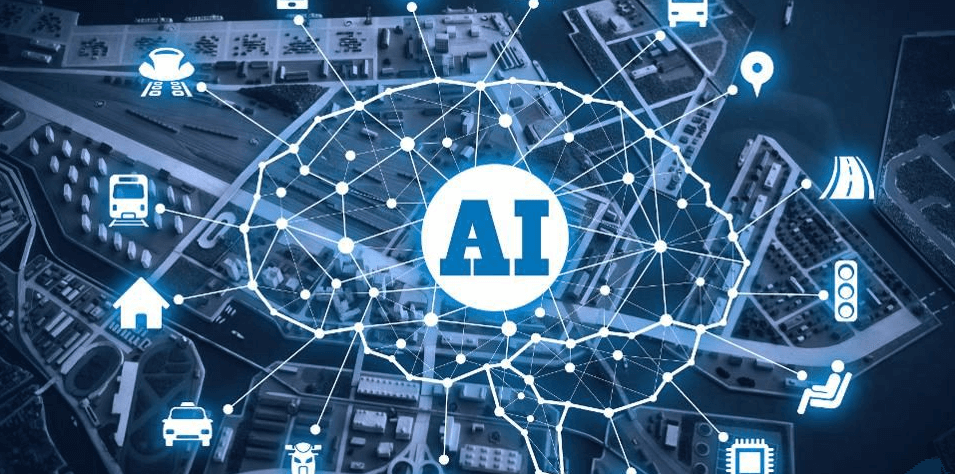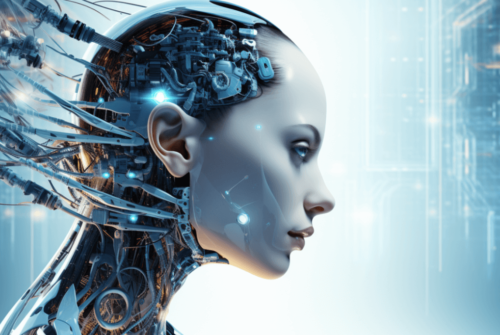
Python is considered the best language for AI.
Simply because it is flexible, offers large scalability, and is simple to use offering multiple features and a wide range of libraries. Python is also preferred for AI due to its agile development.
AI professionals and machine learning professionals prefer Python over other languages because they do not need to think hard to come up with codes to solve complex machine learning problems.
Why Python for AI?
It is an interpreted language. This means the language does not need any sort of compilation required for machine learning before the execution. This can be used directly by the developer to run the program.
Python, a general-purpose programming language that can be used widely across different domains.
Other Python features: –
- High-level programming – Python can be used for complex situations offering the ability to deal with arrays, variables, and Boolean expressions to make concepts comprehensive thus expanding the usability of the language.
- Availability – Python programming language offers available for all sorts of operating systems. It also has an open-source that is titled CPython which has acquired quite some popularity worldwide.
- Dynamic feature – it features dynamic stem type memory management to support programming patterns such as functional, imperative, and object-oriented, etc.
AI and Python: What’s the link?
If compared with the other OOP languages, Python was considered to have the least code. The biggest reason why this language is most preferred in the tech market today.
- Due to the strong community AI has across the world, it provides every kind of support that is needed through forums or tutorials making the jobs for the developers easier.
- Python has several libraries that provide unique features. For instance, my brain is used for machine learning while NumPy is used for scientific computation, and SciPy for advanced computing.
- Given the choice between OOP and scripting, most AI professionals will prefer Python due to its nature being flexible amongst others.
How do you decode while handling AI alongside?
Python with its large set of unique libraries and packages can form the basic steps in implementing AI projects.
Here’s how?
- Pandas – Pandas, an open-source library gives its users an easy way to use analytics and data structure tools for Python.
- Matplotlib – With Matplotlib, 2D plotting library creation gets easy where publication figures can easily be created. You can also use Matplotlib for 6 graphical user interface toolkits, for Python scripts, and web application servers as well.
- NumPy – This acts like a container that can be used for generic data that composes of random number capabilities, N-dimensional array object tool, Fourier transform, tools to help integrate C and C++ code, and many more other functions.
Some of the most commonly used Python libraries for AI are:
PyDatalog – it acts like the logic programming engine in Python
EasyAI – it is a Python engine which is ideal for two-player games with AI i.e. game solving, Negamax, and transposition tables
SimpleAI – as described in this book – “Artificial Intelligence: A Modern Approach” it is said to focus more on offering easy usage, implementation, tested library, and well-documented.
AIMA – these are an implementation of AI from Russel and Norvig’s – “Artificial Intelligence: A Modern Approach.”
Interestingly, there are even Python libraries for machine learning such as:
PyML – it is a bilateral framework that is written in Python stressing its focus on kernel methods and SVMs. This is widely supported on Mac OS X and Linux.
(Modular toolkit for Data Processing) MDP – a data processing framework can be expanded when required. This library also has supervised and unsupervised learning algorithms along with data processing units. These collective can then be gathered into data processing units with more complex feed-forward network architectures.
Scikit – this is used for data analysis if you’re using Python
PyBrain – it provides several environments that are predefined specifically used for testing and comparing algorithms




